Hailed as one of greatest living clarinetists, Philadelphia Orchestra Principal Clarinet Ricardo Morales performs Copland’s lyrical and jazz-influenced Clarinet Concerto that was composed for the legendary swing musician Benny Goodman. The program opens with Mozart’s first symphonic masterpiece – his sparkling Symphony No. 29.
We believe in the health and safety of our patrons, audience, and musicians. All musicians are required to be rapid tested prior to rehearsals and every performance. Audience members are asked to follow CDC guidelines and masks may be required depending on the transmission rate in the region on the day of the performance. Masks are required if the transmission rate is High or Substantial; optional if the transmission rate is moderate; and not required if the transmission rate is low. Recently the transmission remains high so audience members are expected to wear masks throughout the performance and while in the concert hall and lobby areas.
-ARS
Allan R. Scott, conductor
Music Director, Helena Symphony Orchestra & Chorale
Music Director, Southeastern Pennsylvania Symphony Orchestra
allanrscott.com
Managed by Athlone Artists
Miguel Rodríguez, President
athloneartists.com
Saturday, 8 May 2021
7:30 p.m.
SPSO LIVEstream!
I. Allegro moderato+ = Southeastern Pennsylvania Symphony Orchestra premiere
II. Andante
III. Menuetto – Trio
IV. Allegro con spirito
Mr. Morales, clarinet
I. Slowly and expressively —
II. Cadenza —
III. Rather Fast
Support the SPSO
To make a donation please call 267.217.2273 or donate securely through PayPal by clicking the "Donate" button below.
Watch Saturday's performance on YouTube or, you can also view at https://livestream.com/tat/spso-may-2021
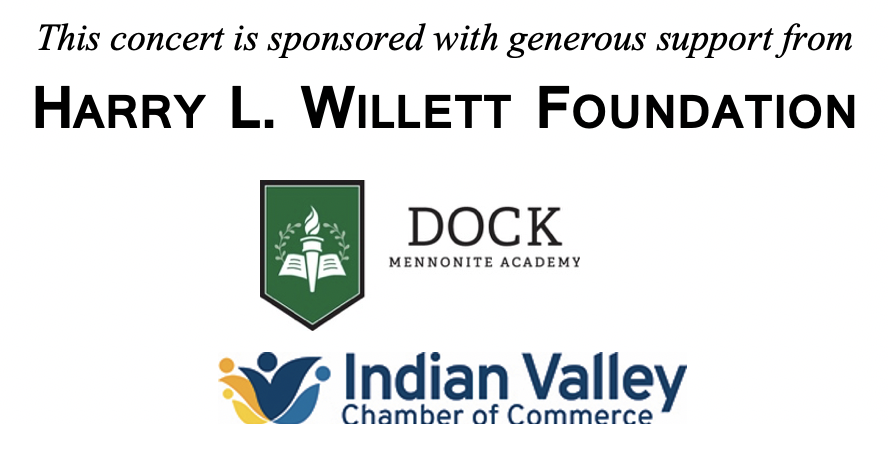
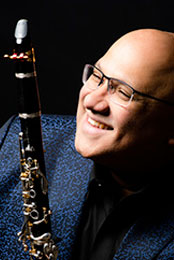
RICARDO MORALES
Clarinet
Making his Southeastern Pennsylvania Symphony Orchestra debut, Ricardo Morales is one of today’s most in demand Clarinetists. He joined The Philadelphia Orchestra as Principal Clarinet in 2003 and made his solo debut with the orchestra in 2004. He previously served as Principal Clarinet of the Metropolitan Opera Orchestra, where he appeared as soloist at Carnegie Hall and on two European tours. Mr. Morales has been a featured soloist with the Chicago Symphony, Cincinnati Symphony, Indianapolis Symphony, Seoul Philharmonic, Columbus Symphony, Memphis Symphony and the Flemish Radio Symphony. In addition, Mr. Morales was a featured soloist with the US Marine Band, “The President’s Own”, recording Jonathan Leshnoff’s Clarinet Concerto, a piece commissioned for him by The Philadelphia Orchestra.
Mr. Morales has been asked to perform as principal clarinet with the New York Philharmonic, the Chicago Symphony Orchestra, and, at the invitation of Sir Simon Rattle, with the Berlin Philharmonic. An active chamber musician, he has performed at the Santa Fe Chamber Music Festival, the Philadelphia Chamber Music Society, the Seattle Chamber Music Summer Festival, and with the Chamber Music Society of Lincoln Center. Mr. Morales’ debut solo recording, French Portraits, is available on the Boston Records label, and his recent recordings include performances with the Kalichstein-Laredo-Robinson Trio, a Latin Grammy-nominated release with the Pacifica Quartet, and the Mozart Concerto with the Mito Chamber Orchestra (Japan).
Entering his nineteenth season as Music Director of the Southeastern Pennsylvania Symphony Orchestra, Maestro Allan R. Scott has been noted as one of North America’s most dynamic young figures in symphonic music and opera. He is widely recognized for his innovative approach to programming, dynamic vision, and ability to elicit top-notch performances from musicians.
Dividing his time between residences in Helena and Philadelphia, Pennsylvania, the Philadelphia native also marks his eighteenth season as Music Director of Montana’s Helena Symphony Orchestra & Chorale. In addition, he also serves as the Principal Conductor of the Wilmington Ballet Company in Delaware.
Composer Kile Smith’s The Arc in the Sky with The Crossing received a 2020 Grammy Award nomination for Best Choral Performance, and his Canticle with Cincinnati’s Vocal Arts Ensemble helped win the 2020 Best Classical Producer Grammy for Blanton Alspaugh.
Mr. Smith has gained national and international acclaim with commissions from The Crossing, Conspirare, Piffaro, Helena Symphony, Lyric Fest, Westminster Choir College, Mendelssohn Club of Philadelphia, Newburyport Chamber Music Festival, the Pennsylvania and iSing Girlchoirs, Choral Arts Philadelphia, Gaudete Brass, Red Shift, and Cincinnati’s Vocal Arts Ensemble, with major choral works heard in Chicago, Boston, San Francisco, Dallas, Canada, England, and New Zealand.
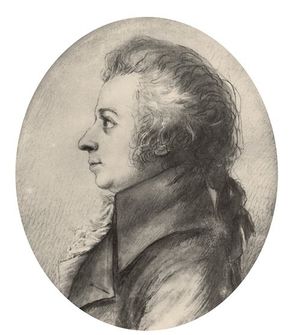
WOLFGANG AMADEUS MOZART
Born: 27 January 1756 in Salzburg, Austria
Died: 5 December 1791 in Vienna, Austria
As a child prodigy, Mozart was immediately recognized as an unprecedented musical genius. Under his father’s tutelage, the young Mozart became a virtuoso performer on the keyboard and violin. By the age of eight, he had composed his first symphony and had toured most of Europe, performing for dignitaries, royalty, and prominent composers of the day, who were simply awed by the youth’s abilities and musical imagination.
During his brief 36 years, Mozart composed over 600 works, including dozens of operas, many mass settings, choral works, songs, ballets, 41 symphonies, divertimentos, instrumental dances, marches, serenades, sonatas, 31 piano concertos, 8 violin concertos, and other concertos for flute, clarinet, bassoon, horn, a new arrangement of Handel’s Messiah, and a Requiem, his final work.
Born into the Age of Enlightenment – the era of the American and French revolutions, when liberty and fraternity were the centers of thought, Mozart’s scores exhibited an order, balance, and structure associated with the Classical era that was fathered by composer Franz Joseph Haydn.
Parallel Events / 1774
British Parliament imposes the Intolerable Acts on American colonies as punishment for the Boston Tea Party
First Continental Congress assembles in Philadelphia and adopts the Declaration of Rights
Louis XVI becomes King of France
Explorer Meriwether Lewis and Nurseryman Johnny Appleseed are born
French King Louis XV and Pope Clement XIV die
Symphony No. 29 in A major, K. 201
Mozart’s Symphony No. 29 is scored for two oboes, two horns, and divided strings.
Duration: 28 minutes
It’s rare to say that some of our most productive years in our career would be between ages 16-18, but for Mozart, he composed one- third of his total symphonic output during those ages before turning to a four-year period of composing solo and chamber works. One of his most mature works that came from his late teens was his Symphony No. 29. It is clearly a departure from his earlier works. Even though it was orchestrated for a conventionally smaller orchestra (just strings with pairs of oboes and horn), the writing exhibits the charm and elegance of a sophisticated artist.
Many of Mozart’s works often have a sense of striving for acceptance or fear of judgement or almost creating the works that were beyond the comprehension of his contemporaries. With Symphony No. 29, however, Mozart seems to aim to truly entertain and delight his listeners. He employs many of the things he uses in his earlier works but elevates them to a new level with grace, such as: catchy tunes, musical cliches for his time, decorative melodies, and fun-loving hunting themes.
From the opening moment, Mozart creates a quiet yet intense energy that brews into a lovely duet in the violins. A courtly dance decorates the second movement with an undercurrent of melancholy beauty that could easily be in one of his Mozart’s operas. He strays away from convention a bit in an aggressive minuet that is less dance-like, but returns to popular idioms with a galloping hunting-theme in a fiery finale of his first symphonic masterpiece – and he had a dozen more to come!
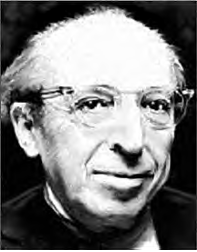
AARON COPLAND
Born: Brooklyn, NY, 14 November 1900
Died: Peekskill, NY, 2 December 1990
Ralph Vaughan Williams, the grand old man of English music, declared that music, above all other arts, is “the expression of the soul of a nation.” Today, Aaron Copland’s name is synonymous with “American music” more than any other composer, even more than George Gershwin or Leonard Bernstein.
With the musical world still quivering from the impact of Igor Stravinsky’s Rite of Spring (1913), Copland sought to recapture an America before the world wars; before its loss of innocence. By comparison, Leonard Bernstein depicted a postwar America, one increasingly divided along racial, religious, and political lines.
After studying with Rubin Goldmark (who studied with Dvořák) and Nadia Boulanger (a student of Gabriel Fauré), Copland learned, and eventually preached, the importance of finding one’s own musical voice. Like most composers of the late nineteenth and early twentieth centuries, Copland composed initially with little or no regard for the listener – composed for the sake of composing.
With technological advances, such as the ability to permanently record live sound or broadcast it over airwaves, Copland changed his way of listening to and ultimately composing music. Copland is perhaps the first major composer who finally realized and appreciated the importance of the listener beyond the concert hall. “I have every reason to be particularly grateful to the creator of the phonograph,” he said. “We composers owe a profound debt to Thomas Edison!”
This son of Russian Jewish immigrants quickly began to lead many of his fellow American artists in a commitment to capturing a wider audience and speaking to the concerns of the average citizen, the everyday American caught up in the dramas of the Great Depression and the Second World War. Copland responded to America’s calling for culture, pride, and patriotism. Though he represented the pinnacle of an intense mid-century Americanism, Copland was not an insular nationalist; on the contrary, he was acutely interested in world politics and in how the United States fit into the larger sphere.
As the United States crept towards and through World War II, Copland was so distracted by what he read in the papers that he found it sometimes difficult to concentrate on composing. During the 1930s Copland was often associated with more liberal ideas, but he was always honest, saying “musicians make music out of feelings aroused out of public events.”
During these times of global uncertainty and fear, Copland produced several works that were specifically and obviously related to the war effort. His Lincoln Portrait, in which a narrator recites Lincoln’s thoughts on democracy and duties of citizenship, premiered in 1942, and several months later Copland accepted a commission “to boost American spirits” and composed his world renowned Fanfare for the Common Man. He continued to capture and honor the roots of America’s heritage and the soul of the country’s present and future with his ballet Rodeo and his Third Symphony – perhaps the true great “American symphony.”
Parallel Events / 1948
Harry S. Truman narrowly wins re-election for U.S. President
Gandhi is assassinated
NBC began its nightly newscast
Cole Porter’s musical Kiss Me, Kate debuts on Broadway
TV Guide is first published
Film Treasure of Sierra Madre opens
New York City Ballet is founded
NASCAR was founded
Richard Strauss composes’ Four Last Songs
First tape recorder is sold
Goodrich creates tubeless tire
Aviation pioneer Orville Wright and author Zelda Fitzgerald die
Broadway composer Andrew Lloyd Webber, Vice President Al Gore, ballet dancer Mikhail Baryshnikov, and Charles, Prince of Wales, are born
Clarinet Concerto
Copland’s Clarinet Concerto is scored for solo clarinet, piano, harp, and divided strings.
Duration: 16 minutes
Even though Copland’s definitive musical voice captures a naïve Americana, he also embraced the musical trends of his time, specifically jazz and the music of Latin America. Copland collaborated with many of the great musicians, choreographers, and fellow composers of the twentieth century. The coupling of legendary clarinetist Benny Goodman and Copland still remains one of the most exciting partnerships in all of American music.
When the “King of Swing” approached Copland about composing a concerto for clarinet, he “paid two thousand dollars and that’s real money,” said Goodman. “I made no demands on what Copland should write. He had completely free rein…” In addition to Goodman’s career as a clarinetist and bandleader, he was a classically trained musician and recorded Mozart’s Clarinet Concerto, and also commissioned a work for clarinet by Béla Bartók.
Combining his trademark sounds with his interest in jazz, Copland created a work that is seemingly not jazz-inspired at first. In addition to the solo clarinet, Copland only used a harp, piano, and strings. “I used the slapping basses and whacking harp sounds to simulate the jazzy effects,” explains Copland. Composed in two movements (instead of the conventional three movements), the Clarinet Concerto opens with a wonderfully ponderous string accompaniment, as the clarinet solo sings a lilting theme. The clarinet solo’s ability to blend with strings creates a sense of longing and time standing still. Connecting the two movements without pause is the cadenza, where the soloist plays without accompaniment from the orchestra. Copland shows the virtuosity of the instrument as the concerto transitions to a jazz-infused, Latin dance. The strings, harp, and piano rhythmically return as the soloist races to the finish with an enormous jazz glissando (aka “smear”).
Goodman premiered the Clarinet Concerto in 1950 on a radio broadcast with the NBC Symphony Orchestra. Two weeks later, clarinetist Ralph McClane gave the piece its premiere with the Philadelphia Orchestra, and the following year, choreographer Jerome Robbins set his ballet The Pied Piper to the Concerto, giving the work critical acclaim. While it may have cost Benny Goodman two thousand dollars for Copland to write a concerto, the legacy of Goodman and Copland’s Clarinet Concerto have become priceless.
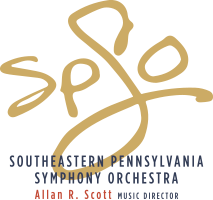
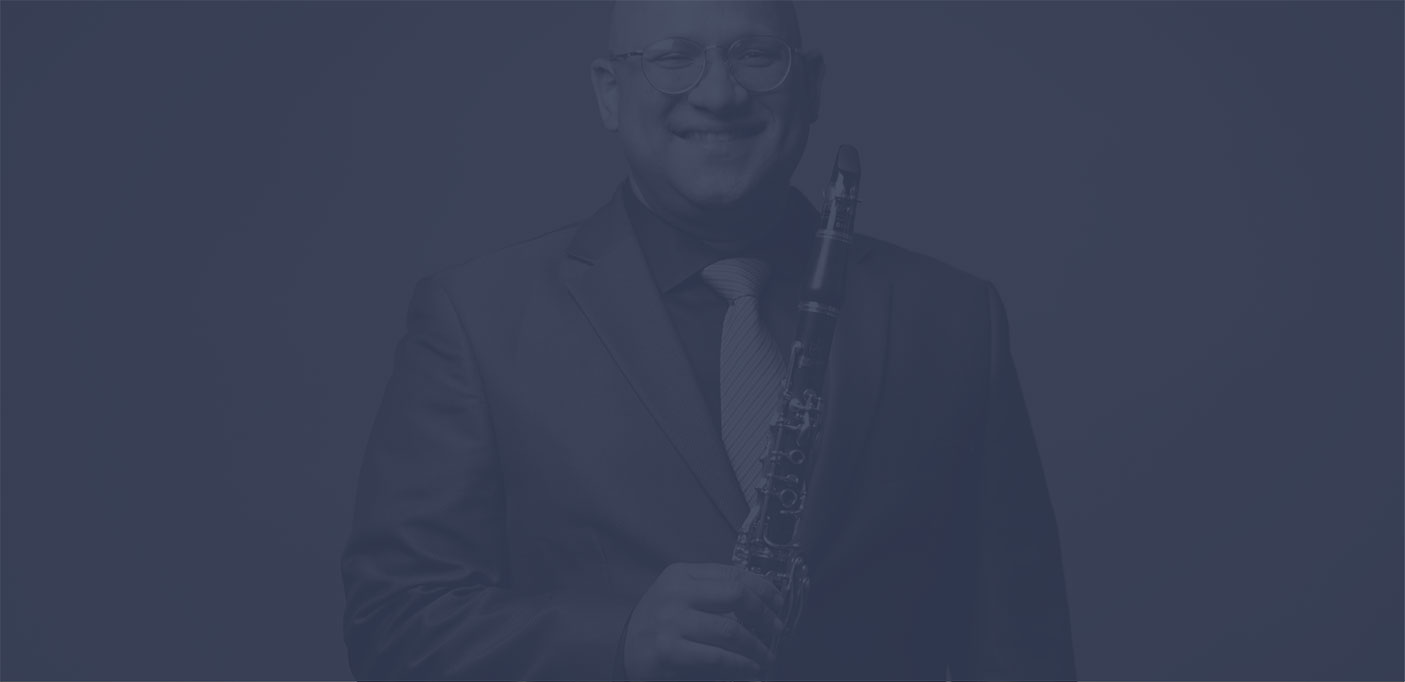


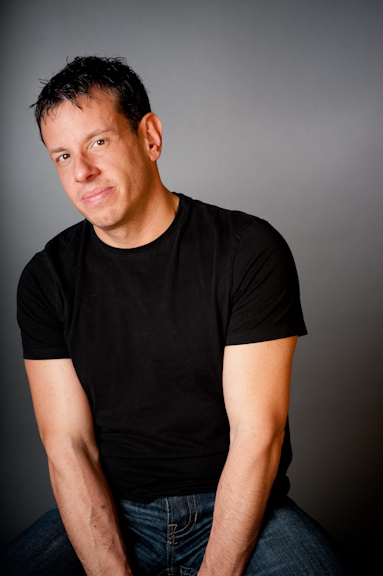
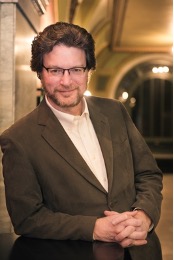
0 Comments